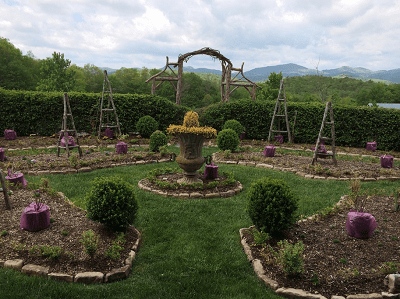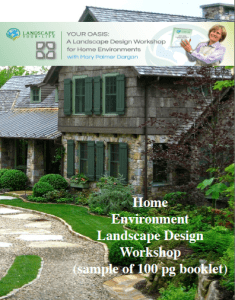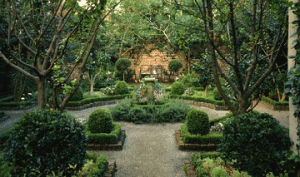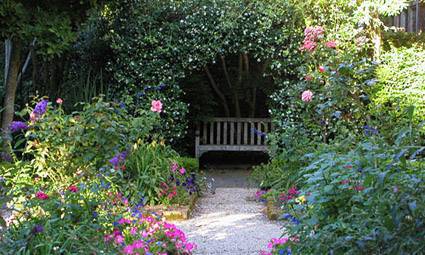I have dedicated the bulk of my life to sustainable gardening in one form or another. My passion for plants inspired me to pursue – and obtain – a degree in botany from the University of Tennessee in the 1970s. My courses and educational contacts led me to a job at the Tennessee Botanical Gardens, which resulted in the receipt of a prestigious award for propagating a special species of Echinacea (Echinacea Tennesseensis). Thus began my passionate career as a botanist and landscape architect, or – as I like to say – my lifelong career as “a real plant geek.”
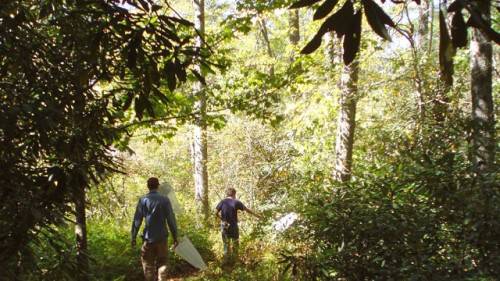
Support Sustainable Living and Gardening at Highlands Biological Station
Part of any landscape architect’s job is educating clients through the process. I have worked as an expert educator, including a professorship at Clemson University where I taught landscape architecture and planning. I continue to travel the country speaking and lecturing for various plant- and landscape-related organizations. In addition to running a successful landscape architecture firm in Atlanta with my life partner, Hugh Dargan, I also lead and represent four states – Alabama, Florida, South Carolina and Georgia – in conservation and national affairs legislation for the National Garden Club of America.
Through all of these life experiences, I have maintained a very close and hands-on relationship with the Highlands Biological Station, and now you have an opportunity to personally support the long-view mission of this unique enterprise. The goal is to transform the Highlands Biological Station into a more interactive learning grounds for children and adults. The final vision includes enthusiastic children, students, and groups making their way from the botanical gardens, through the southern Appalachian swamp, back to the classrooms at the new dam and then up to an event facility overlooking the lake where they can apply the micro-aspects of what they have learned to the greater, global picture.
Do you share Dargan Landscape’s goal of saving the planet one garden at a time? Support our collective dream of sustainable living and gardening at Highlands Biological Station by visiting, donating, or volunteering. Contact Highlands Biological Station or Dargan Landscapes to learn more.
